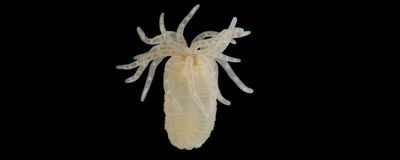zoology
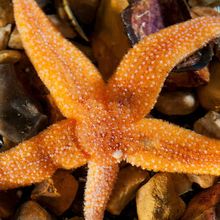
Researchers Discover How Starfish Cut Ties with Their Limbs
Sneha Khedkar | Dec 4, 2024 | 4 min read
A neuropeptide helps starfish shed their arms to escape predators, providing clues about the mechanisms regulating self-amputation.
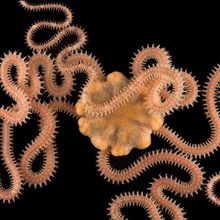
Diving Into the Brittle Star Genome to Understand the Evolution of Regeneration
Sneha Khedkar | Nov 22, 2024 | 4 min read
The sequenced genome of the brittle star revealed unique gene arrangements and provides insights into ancient genes involved in limb regeneration.
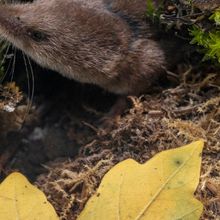
Gene Expression Shifts as Shrews Shrink and Regrow Their Brains
Hannah Thomasy, PhD | Nov 20, 2024 | 5 min read
Transcriptomic studies of the shrew’s remarkably plastic brain could provide new insights into neurodegenerative diseases.
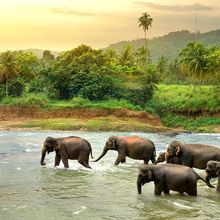
Elephant Deaths Trigger a Kodo-Millet Fungus Investigation in India
Sneha Khedkar | Nov 14, 2024 | 4 min read
When multiple elephants were found dead in a national park in India, microbiologists turned to investigate their prime suspect: fungi.

Collaborative Research Aims to Discover Effective Treatments for Marine Mammals Poisoned by Toxic Algae
Zymo Research | Oct 30, 2024 | 3 min read
Zymo Research, Unravel Biosciences, and Channel Islands Marine & Wildlife Institute team up to combat increasing cases of domoic acid poisoning in sea lions.
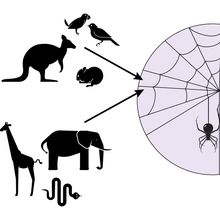
A Spider-Web Trap to Monitor Environmental DNA
Mariella Bodemeier Loayza Careaga, PhD | Oct 15, 2024 | 1 min read
Sticky spider-web traps are promising non-invasive and cheap tools for terrestrial vertebrate monitoring.
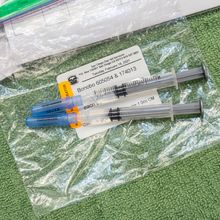
Can Animals Get Covid and Should They Be Vaccinated?
Chris Baraniuk | Sep 23, 2024 | 7 min read
While covid has caused illness and millions of deaths among humans, multiple nonhuman animal species have turned out to be susceptible to it, too.
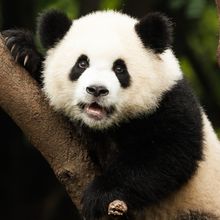
Stem Cells Could Save the Giant Panda
Sahana Sitaraman, PhD | Sep 20, 2024 | 4 min read
Scientists have perfected the recipe to convert giant panda skin cells into stem cells to study the animal’s biology and aid its conservation.
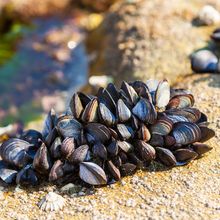
How do Mussels Stick to Slippery Surfaces?
Hannah Thomasy, PhD | Jul 15, 2024 | 2 min read
Biochemist Matthew Harrington investigates how bivalves produce underwater superglue.

Universe 25 Experiment
Annie Melchor | May 28, 2024 | 5 min read
A series of rodent experiments showed that even with abundant food and water, personal space is essential to prevent societal collapse, but Universe 25's relevance to humans remains disputed.
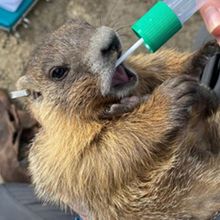
Exploring the Link between Sociality and the Marmot Gut Microbiome
Harita Sistu | May 16, 2024 | 4 min read
The marmot social microbiome is unlike that of other mammals, adding a new perspective to wildlife conservation efforts.
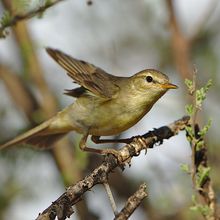
Two Genetic Loci Control Migration Direction in a Small Bird Species
Pedro Andrade, PhD | May 16, 2024 | 4 min read
The innate genetic program that controls migratory behavior in birds is shrouded in mystery, but scientists are closer to understanding how genetic variation influences their routes between Europe and Africa.
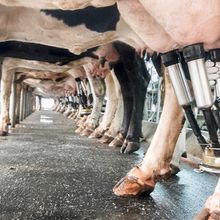
Deciphering the Unusual Pattern of Bird Flu Symptoms in Cows
Danielle Gerhard, PhD | May 15, 2024 | 6 min read
The distribution of flu virus receptors in cow mammary glands helps explain the high H5N1 viral loads in milk, but it also raises concerns about risks to human health.
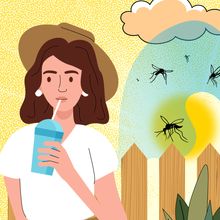
Why Do Mosquitoes Bite Some People More Than Others?
Tanvir Khan, PhD and Laura Tran, PhD | Feb 6, 2024 | 2 min read
Scientists itch to decipher the cues that make some people mosquito magnets.

Downsizing DNA
Aparna Nathan, PhD | Dec 4, 2023 | 10 min read
Some species remove up to 90 percent of their genomes during development, but why or how this happens is still a mystery.
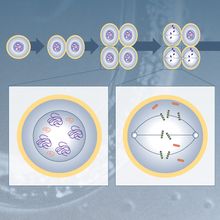
Infographic: Programmed DNA Elimination
Aparna Nathan, PhD | Dec 4, 2023 | 3 min read
Removing parts of the genome is a key step in some species’ development.
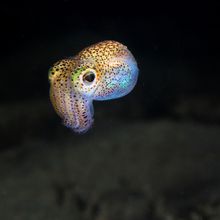
To Boldly Go Where No Squid Has Gone Before
Hannah Thomasy, PhD | Dec 1, 2023 | 2 min read
Jamie Foster’s space-faring squid and its symbiotic bacteria illuminate host-microbe communication.
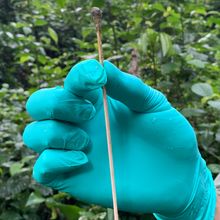
A Menagerie on a Leaf
Rachael Moeller Gorman | Nov 6, 2023 | 4 min read
A simple rainforest leaf swab revealed DNA from dozens of animal species, possibly improving biodiversity monitoring in the future.
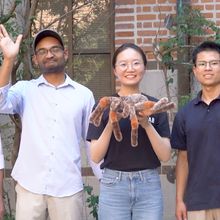
2023 Ig Nobel Prize for Gripping Work on Dead Spiders
Meenakshi Prabhune, PhD | Sep 15, 2023 | 3 min read
Rice University researchers claimed the Ig Nobel Prize for upleveling biorobotics by transforming deceased spiders into robotic grippers.
